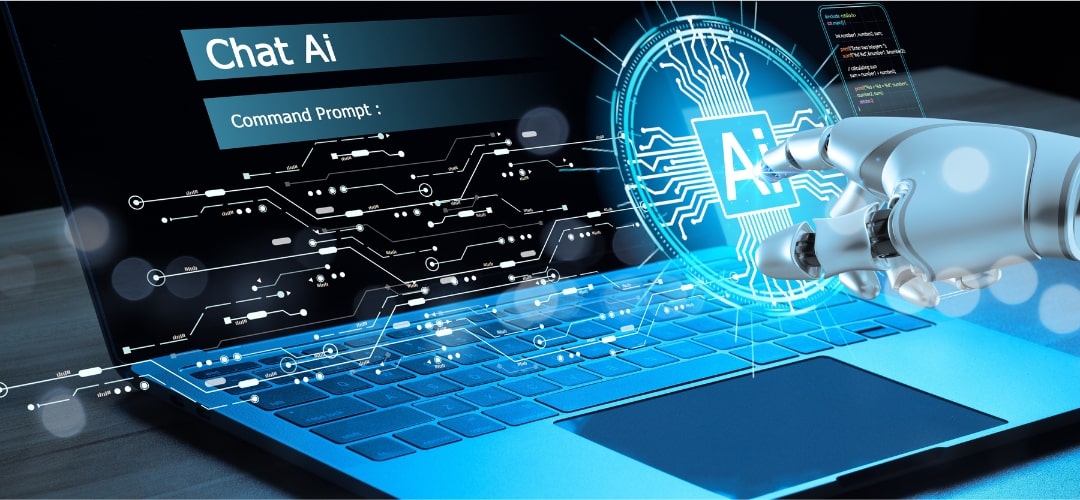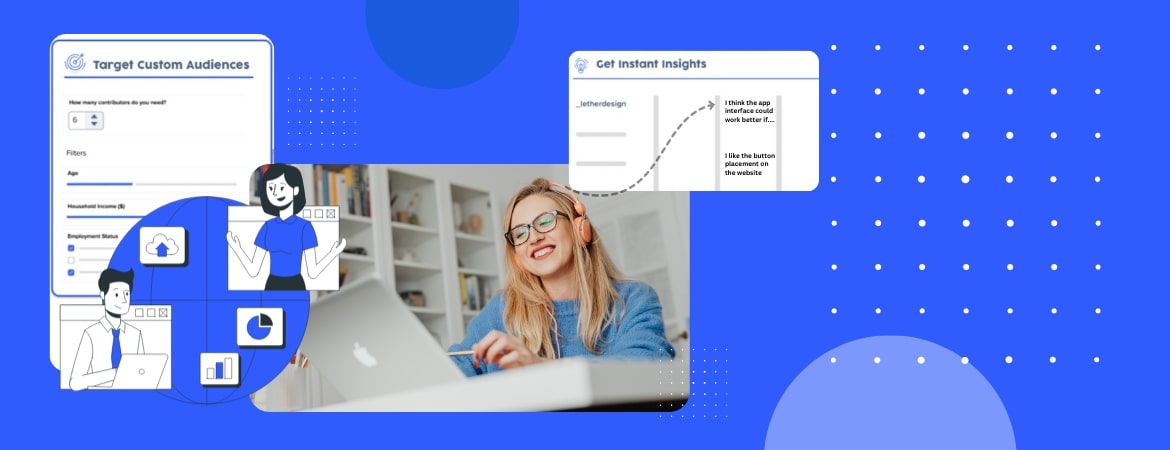Generative AI is on the cusp of unleashing big-time disruption in work and businesses.
Generative AI alters established paradigms for creating and consuming content. Tools that have become popular, such as Chat GPT, are just the tip of the iceberg of possibilities. Companies that do not get on board face obsolescence the same way Kodak went bankrupt by not seeing the disruptive impact on digital cameras.
What is Generative AI?
Generative AI is a subset of AI that creates new content from scratch.
Despite the buzz around generative AI, it is not a brand-new technology. Chatbots, the first generation of generative AI tools, dates back to the 1960s! The latest buzz around generative AI stems from the algorithms’ new-found ability to generate synthetic content.
The first-generation AI tools could not think outside pre-set parameters. It has become groundbreaking due to its unsupervised self-learning capabilities. These tools leverage deep learning models to learn from input data, and generate text, images, music, videos, simulations, code, and other content types. Its power resides in its:
- Capacity to create original output
- Engage in real-time interactions.
- Understand natural language and interact in a human-like manner.
Traditional AI models have none of these capabilities.
Under the hood, Generative AI consists of several models. The popular models include:
- Generative Adversarial Networks (GANs): GANs are unsupervised machine learning algorithms. It consists of two neural networks, the generator and the discriminator. The generator creates new data instances, and the discriminator evaluates them for authenticity. The process creates new, synthetic data that pass as real.
- Variational Autoencoders (VAEs). VAEs add probabilistic tools to autoencoders to generate new data similar to the training data.
- Transformer-based models such as GPT (Generative Pretrained Transformer). GPT models come pre-trained on a large corpus of text. Developers fine-tune these models for specific tasks. GPT models such as ChatGPT3 or ChatGPT 4 work best for natural language processing tasks.
GANs and VAEs find use to generate images, whereas GPT models understand and generate human-like text.
The Impact of Generative AI on Businesses
When applied at the enterprise level, it embeds into the enterprise core. It takes raw data and generates content that optimises tasks and augments human capabilities.
1. Creating more powerful, dynamic and personalised content
The big impact of generative AI is in creating marketing and customer engagement content. This includes blogs, music, visual designs, and more. The algorithms leverage data related to customer behaviour, competitor strategies, and market trends.
The algorithms analyse more data than before to make better predictions and generate high-quality content.
It also enables personalised marketing and promotional content. It analyses real-time and historical customer data to tailor content for a specific audience. For instance, it creates personalised emails and promotional content tailored to individual preferences. It even facilitates new business strategies and models based on personalised content. Such deep personalisation is beyond the scope of human content creators.
The high quality of these auto-generated contents greatly reduces human effort. Marketers save valuable time and can focus on higher-value tasks.
2. Enhanced customer experience
Creating an exceptional customer experience has become critical for the survival of any business. It makes it easy for businesses to deliver exceptional customer service in a personalised way and at scale.
Generative AI transforms the customer experience in many ways:
- 24/7 customer support: AI chatbots provide round-the-clock customer service. It models provide a faster and more consistent experience. Chatbots have become more powerful, human-like, and capable of understanding context. The algorithms now navigate websites, apps, and even physical stores, to gather information. It makes personalised suggestions and guides the customer journey.
- Enhanced user interfaces. It automates routine tasks and simplifies complex processes. One of the big application areas is in user interfaces. The algorithms understand behaviour to create intuitive, easy-to-navigate, and user-friendly digital interfaces.
3. Product and service innovation
One emerging use case of generative AI is product innovation.
It makes it easier for companies to create innovative product designs. The algorithms leverage datasets of existing designs to enrich brainstorming and generate new concepts. Generative AI:
- Offers new perspectives and ideas not conceptualised before.
- Makes viable customer-centric innovation.
- Generates ideas personalised to the needs of specific customers.
It also finds use in creating realistic simulations and prototypes of products. It does away with the time, cost and difficulties associated with physical prototyping and testing. Many use cases, unviable before, get unlocked.
A case in point is the fashion industry. The portent of things to come was explicit in the Fashion X AI show conducted in December 2022 by AiDLab, Hong Kong. Designers used generative AI tools for each model. They only had to upload mood boards, colour palettes, and ideas. The algorithm selected the materials and colour combinations and created the design.
4. Operational Efficiency
Another enterprise use case for generative AI is to improve operational efficiency. It automates tasks to improve workforce efficiency, streamline processes, and improve accuracy.
Some of the time-consuming tasks that generative AI can automate and get done in a jiffy, with better quality, include:
- Marketing content, especially promotional emails, thank you emails and requests for feedback.
- Social media posts, product descriptions, and scripts for videos or podcasts.
- Basic content-related tasks. ChatGPT-based apps have already taken over much of the translation and summarisation tasks.
- Creating logos and other graphics.
- Fashion designs and architectural layouts. Tools such as DALL-E generate unique images from textual descriptions.
- Writing software code. Generative AI codes just like human programmers, but with lightning speed and consistency. What takes a human programmer 45 minutes to code gets done in 5 seconds, with no scope for errors.
- Designing 3D models for manufacturing. Designing a custom part the conventional way requires the engineer to create the 3D model manually. Generative AI automates the process. Designers only need to input the desired specifications.
Generative AI speeds up the process while cutting costs and improving accuracy.
5. Workforce Transformation
Generative AI’s potential to automate content creation and related tasks will disrupt the workplace. But the fears of imminent job losses remain unfounded. Generative AI remains a loose cannon and requires human guidance. The viable application of generation AI is to turbo-boost workforce productivity. Enterprises can unlock more value from their human assets empowered with generative AI.
Enterprises will use generative AI to automate low-level and routine tasks in a big way. This will leave the work free of distractions and give them more time to focus on higher-value, productive and creative tasks. For instance, marketers can assign automated routine reminders.
The powers of generative AI that have become apparent to date are just the cusp of the iceberg of possibilities. Businesses are getting on board and investing big time in generative AI applications. But it is still a fluid marketplace, with many path-breaking discoveries yet to come and many challenges yet to find resolution. As the technology evolves, it will revolutionise customer experiences, innovation, decision-making, and efficiency.
Companies that take the lead in embracing and integrating generative AI become much more competitive.













